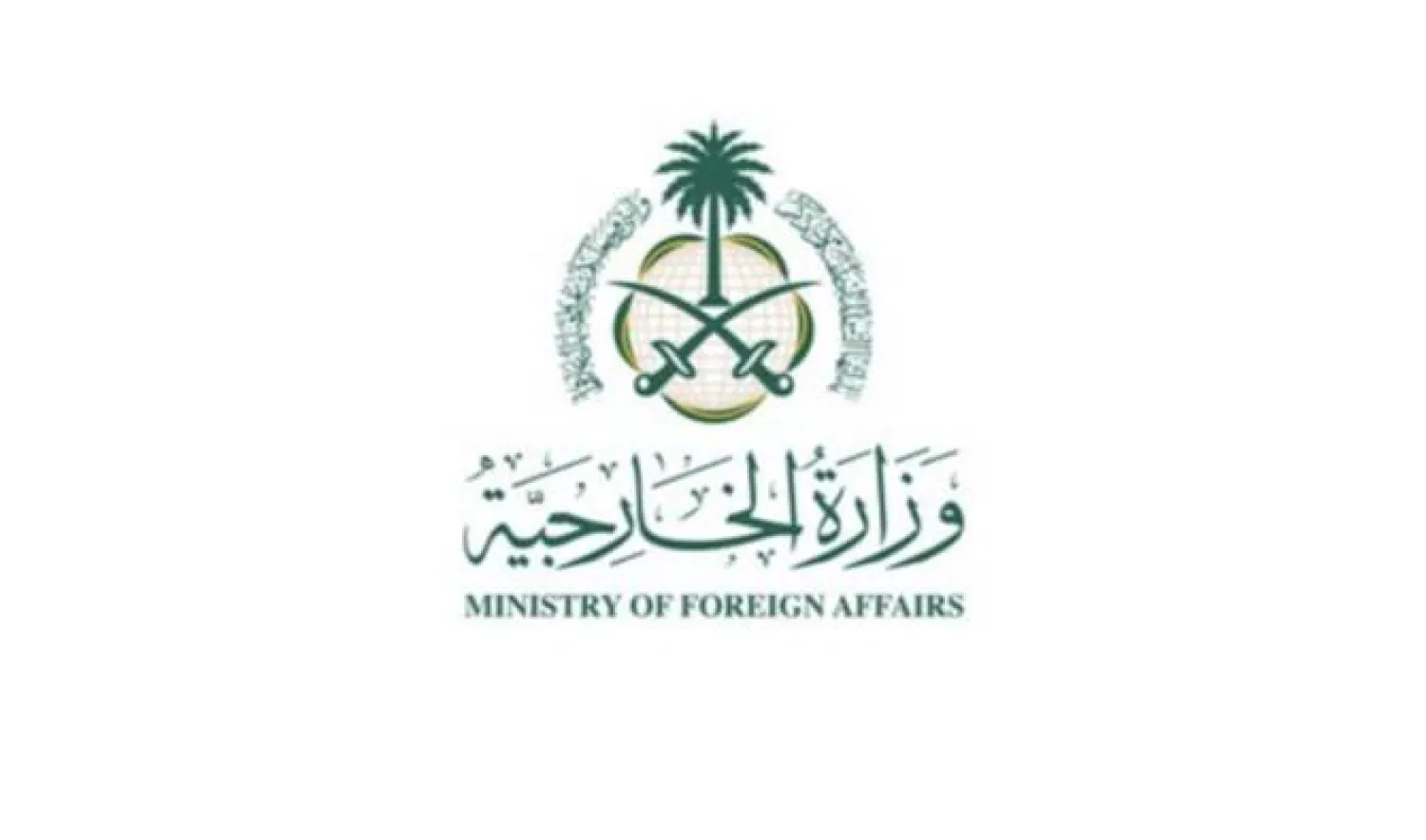As Saudi Arabia marks the eighth anniversary of Crown Prince Mohammed bin Salman bin Abdulaziz’s appointment, history pauses for a moment, reflecting on an unprecedented chapter in the Kingdom’s evolution.
On June 21, 2017, Custodian of the Two Holy Mosques King Salman bin Abdulaziz issued a royal decree naming Prince Mohammed bin Salman as Crown Prince.
That blessed night, the Saudi people pledged their allegiance to him. It was a pivotal moment in Saudi history, highlighting a remarkable leader who embraced his country’s ambitions, steeped in its rich heritage, global stature, and cultural influence.
Through this pledge of allegiance, Saudis underscore the uniqueness of their political system, its Islamic authenticity, and its constitutional legitimacy, deeply rooted in the collective acceptance and satisfaction of both rulers and citizens.
This bond solidifies the foundation of the Saudi social contract, while also evoking the nation’s achievements and its determined steps toward a bright future.
The appointment of Prince Mohammed bin Salman as Crown Prince marked the beginning of a new era, where innovation met ambition, and bold planning was paired with relentless action.
This decision was more than a political shift; it was a response to the urgent need for leadership driven by a distinct vision, one rooted in determination and the belief that the future is made, not awaited.
Prince Mohammed bin Salman has demonstrated exceptional competence and distinguished leadership, making him the ideal choice for Crown Prince, the most important position after the King.
The role symbolizes stability, solidifies the King’s foundation, and ensures the continuity of the succession. He also heads the government and the Political and Security Affairs Council, which oversees national security strategies, as well as domestic and foreign policies.
In addition, he leads the Economic and Development Affairs Council, which is responsible for economic, financial, investment, and developmental issues, including education, healthcare, and public services.
As such, he oversees the formulation and execution of policies and strategies across all state sectors.
Moreover, he is the architect of Saudi Arabia’s Vision 2030, the driving force behind its goals, and the guardian ensuring the successful implementation of its programs and projects.
All the executive tasks and responsibilities entrusted by King Salman to his Crown Prince culminated in his appointment as head of the government by royal decree in September 2022.
This marked the first time in 60 years that the King was not the head of the government. While the legal and historical aspects of this royal decree are extensive, the key takeaway is the full trust and absolute delegation from the King to the Crown Prince to manage these responsibilities and oversee a vast range of issues.
The scope of achievements reflects this significant delegation.
The Crown Prince has translated the King’s vision into a living reality, transforming Saudi Arabia into something distinctly different today, while still remaining a continuation of past phases.
This is evident in the unwavering commitment to the principles and foundations on which the state was built, drawing strength from its historical legacy and cultural depth.









